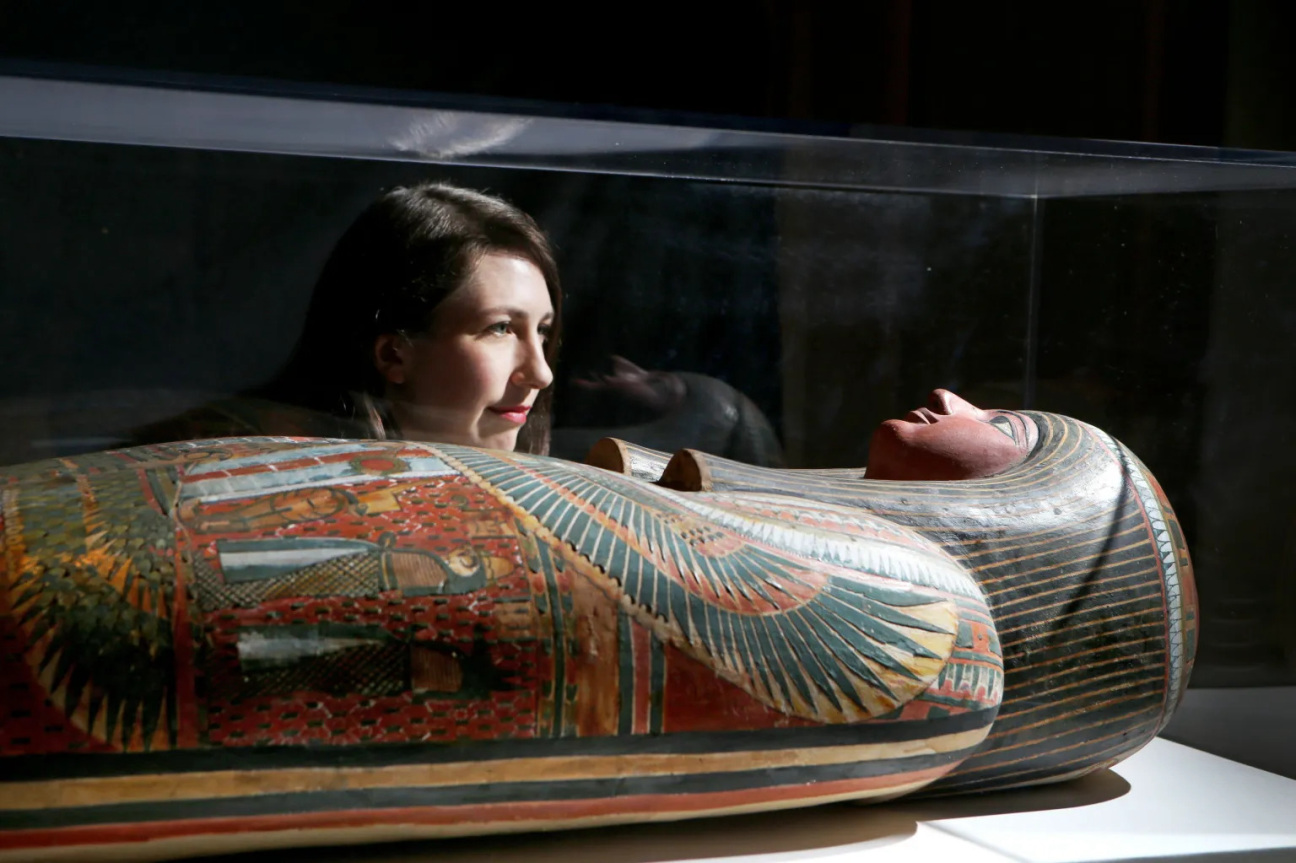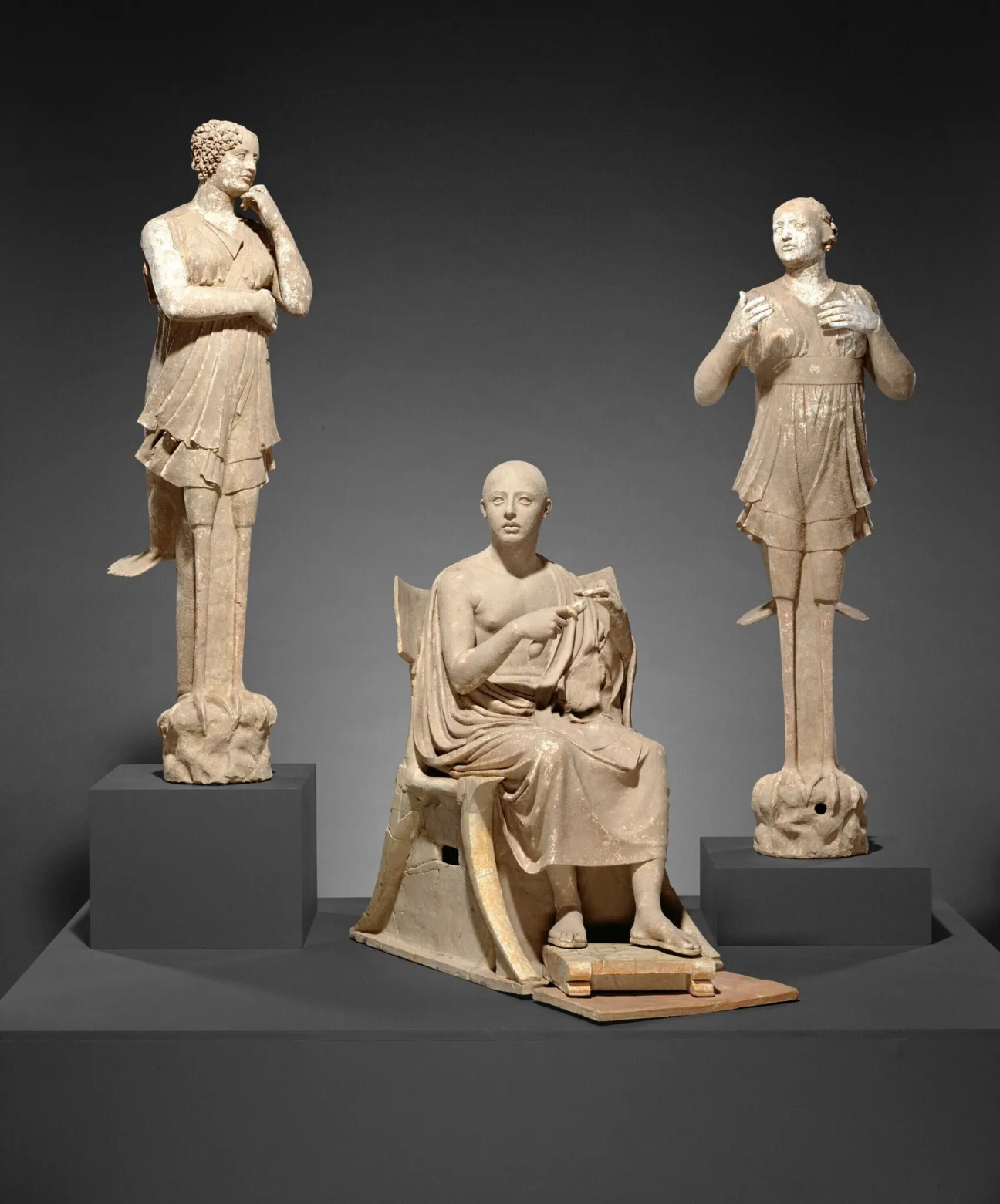
In the Metropolitan Museum of Art—one of the most trafficked institutions in the world—a sweeping gallery bordering 5th Avenue is home to the 2,000-year-old Mummy of Nesmin. Excavated from an Egyptian tomb in the late 19th century and acquired by the Museum shortly after, the mummy now lies behind glass, one of the institution’s most prized and popular artifacts for over a century. Though the mummy may be one of the Met’s more iconic artifacts, the ethics of displaying human remains has been a thorn in the sides of museum curators for decades. Now, artifacts much like the Mummy of Nesmin—thousands of which are held in the collections of renowned institutions across the country—are at the heart of renewed controversy over the question of repatriation.
In recent years, activist organizations and international watchdogs have called for increased scrutiny of the world’s leading cultural institutions, insisting on the restitution of illegally traded artifacts and looted antiquities. While the repatriation movement traces back to a 1970 UNESCO treaty halting the illicit trade of cultural property, revered museums, including the Louvre and the Getty, continue to make headlines for their failure to return pilfered holdings—from Assyrian gypsum statues to Nepalese shrines—to their communities of origin. In 2017, the Manhattan District Attorney’s Office formed the United States’s first Antiquities Trafficking Unit, which seized 27 artifacts from the Met (valued at more than $13 million) this past September.
As the fervor around repatriation grows, activist organizations have turned their focus to the subject of indigenous artifacts and human remains. A ProPublica investigation published last month revealed that more than 600 federally funded institutions have failed to comply with a 33-year-old federal human rights law—the Native American Graves Protection and Repatriation Act (NAGPRA)—mandating that they make more than 110,000 Native American remains available for return to affiliated tribes. The American Museum of Natural History in Manhattan, the Brooklyn Children’s Museum, and Yale and Harvard Universities are among the major institutions that have identified a loophole in the law, maintaining ownership of Native remains without facing legal repercussions.

The report’s unsettling findings highlight the entrenchment of certain colonial narratives in museum collecting practices—and the extent to which public faith in cultural institutions endures, despite the persistence of activist movements (like Nan Goldin’s P.A.I.N.) working to dismantle the generations-old myth of museum neutrality. Chip Colwell, a repatriation scholar, anthropologist, and former curator, believes that an institution’s commitment to prioritizing repatriation should be used as a measuring tool for the amount of trust the public places in it. While some of the country’s smallest museums have repatriated all of the indigenous remains in their collections, he notes, “some museums with multibillion-dollar endowments have barely returned anything.”
In the eyes of tribal groups across the country, complying with repatriation laws presents museums with a golden opportunity to transform their relationship with indigenous peoples—and depart from the ideology that historically categorized them as objects of study. Shannon O’Loughlin, Chief Executive and Attorney of the Association on American Indian Affairs, sees noncompliant museums as “purveyors of stereotypes…because they’ve never included the primary experts of these items [in their research].” Through the process of repatriation, institutional transparency grows, as does community trust. For Anne Amadi, founder of the NAGPRA Community of Practice, embracing tribal nations as thought partners allows “relationships to grow over the years,” and is one of the many ways museums can help indigenous communities heal from centuries of harmful and exclusionary narratives surrounding the nation’s founding.
In recent months, the Biden administration has indicated its commitment to updating NAGPRA regulations and hastening the process of repatriation. Soon, museums and universities may have no choice but to comply with the law’s mandates—but for repatriation experts like Colwell, Amadi, and O’Loughlin, the chance for institutions to proactively rectify harm, rather than backtrack in response to public pressure, has already been missed. As museums contend with larger questions of access and inclusivity, the need to reaffirm their relevance as unbiased stewards of cultural heritage and educational resources may be more pressing than ever.










 in your life?
in your life?

